Shortly before moving into our new home in Quito, we made our first visit to the Virgin of Quito. We could see her statue from our hotel window. The angel-like, silver edifice stands atop a dome-shaped hill called El Panecillo.
History of the Panecillo
Before the arrival of the Spaniards, this hill was already famous. The Inca may have used the hill as a place to worship the sun. Before the Inca, the Yavirac, a local indigenous tribe, used it as a reservoir for water. It seems that the hill has always held a place of importance to the local community.
Spanish colonialists in the 16th century though the hill looked like a small loaf of country-style bread. Therefore the name: pan (bread) and illo ( a diminutive ending meaning small).
Today, people still visit The Panecillo and not just for its spectacular view of Quito. They want to visit the famous Virgin of Quito, more often called La Virgin de El Pancillo, a huge statue constructed in 1955. This huge statue, constructed of 7000 individual pieces, was not inaugurated until 1975.
The Virgen del Panecillo
This statue of the Virgin Mary is different from any I have ever seen. First, she wears a set of angel wings. Initially, I couldn’t stop asking locals about the angel on the hill. It was hard to wrap my head around the fact that she was really the Virgin Mary. Second, she stands atop a globe holding a long chain that leads to a serpent at her feet. I had never heard of a serpent-associated Mary. Third, her beating heart shows through her robes as a long-armed sun, spreading apocryphal rays of light from her breast. The sun is important in native theologies in South America more so than to Catholic ones.
Come to find out, this Virgin Mary was actually designed by a local artist, Bernardo de Legarda, back in the 18th century. His design was based on a description of the Virgin in the final book of the New Testament, Revelations:
A great sign appeared in the sky, a woman clothed with the sun, with the moon under her feet, and on her head a crown of twelve stars.
When [the serpent] saw that it had been thrown down to the earth, it pursued the woman who had given birth to the male child. But the woman was given the two wings of the great eagle, so that she could fly to her place in the desert…
For this, she is sometimes called La Virgen del Apocalipsis or the Virgin of the Apocalypse. The original sculpture is only 30 centimeters tall but the modern version is a grand 45 meters high. Legarda’s interpretation of the Virgin is so popular that replicas can be found as far north as Popayan in Colombia.
Entering the Virgin of Quito
If you venture all the way to the top of the Panecillo, make sure to spend $1 to enter the Virgin and climb to her viewing platform. You’ll get a real treat – a grand view of Quito. If you look carefully, you can make out the Plaza de la Independencia and the Presidential Palace. You can pick out the different churches in the different parts of town. You can see parks dotting the city. And you can see the beautiful mountains that surround it all.
Additionally, inside the Virgin there is a small museum dedicated to her construction and erection. The photos are all in black and white and the same priest is found in every shot. It is a look back at an era when cameras were not a common item in Quito.
Better yet, the small museum holds a collection of stained-glass Virgin Marys. Many are versions of the Virgin that are venerated in other Latin American countries but some are special to Quito. For example, the Virgin of Quinche, who is celebrated every November, appears in one of the windows.
How To Get to the Panecillo
There are two main ways to go visit the Virgin.
The most popular is to hire a taxi or drive your own vehicle. There is plenty of parking at the top most weekdays, even if its not found in the first parking lot near the food and artisan stands. Just drive a little further and there are more spaces on the lower level after passing through the first parking lot. However, on weekends and holidays, parking is next to impossible so take a taxi or hail Cabify.
The alternate way is to hike up the hill on the steps leading from the Historic Center of Quito. These stone steps are located at the end of García Moreno, just past the Museo de la Ciudad. The neighborhood through which the path travels is known for its high rates of theft. Therefore, we recommend skipping the path and relying on the taxi.
If You Decide To Hike, Make it Down, Not Up
If you decide that you want to experience the walk, consider doing what we did. Take the taxi up and walk the trail down. We make this recommendation for a couple of reasons.
First, hiking down is easier at altitude than hiking up. That means you won’t be panting for breath or needing to stop as often, making yourself more of a target for theft. On our own hike down, we paused once to take our camera out and snap a photo. Immediately, a woman came over and told us that we should be put it away if we didn’t want to be robbed. We listened.
Second, walking down means you are facing the Historic Center and can enjoy the beautiful views on the entire walk down. While hiking up, your back is to the prettiest view.
If you go this way, use your common sense and be aware of your surroundings. Don’t hike this trail close to evening time. It’s not worth the worry. And hike with friends. It’s more fun anyway.
This article was originally published on October 22, 2013. It has been edited for clarification and formatting.

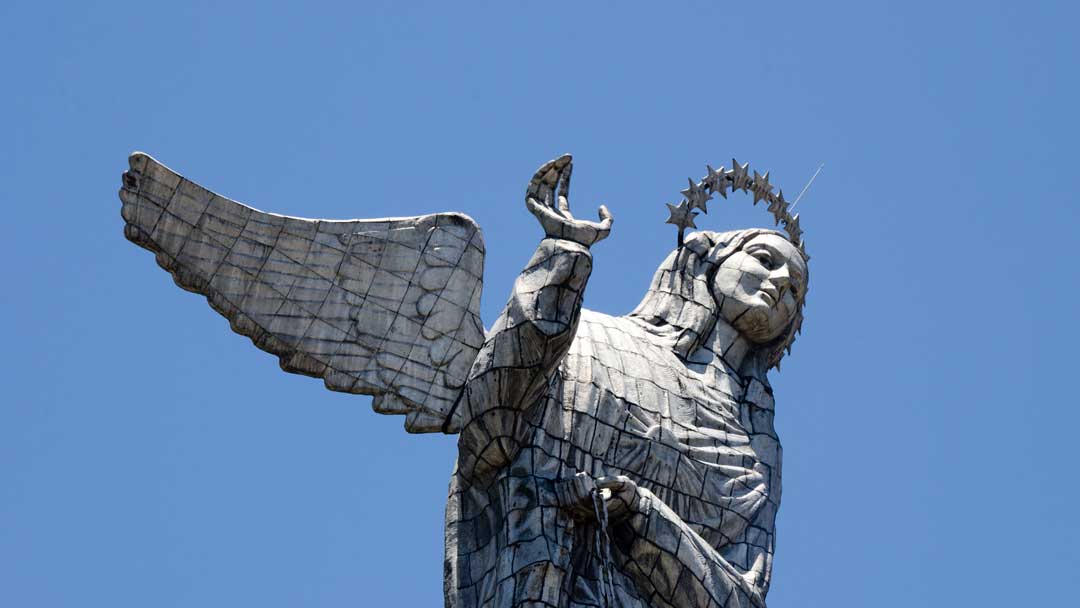
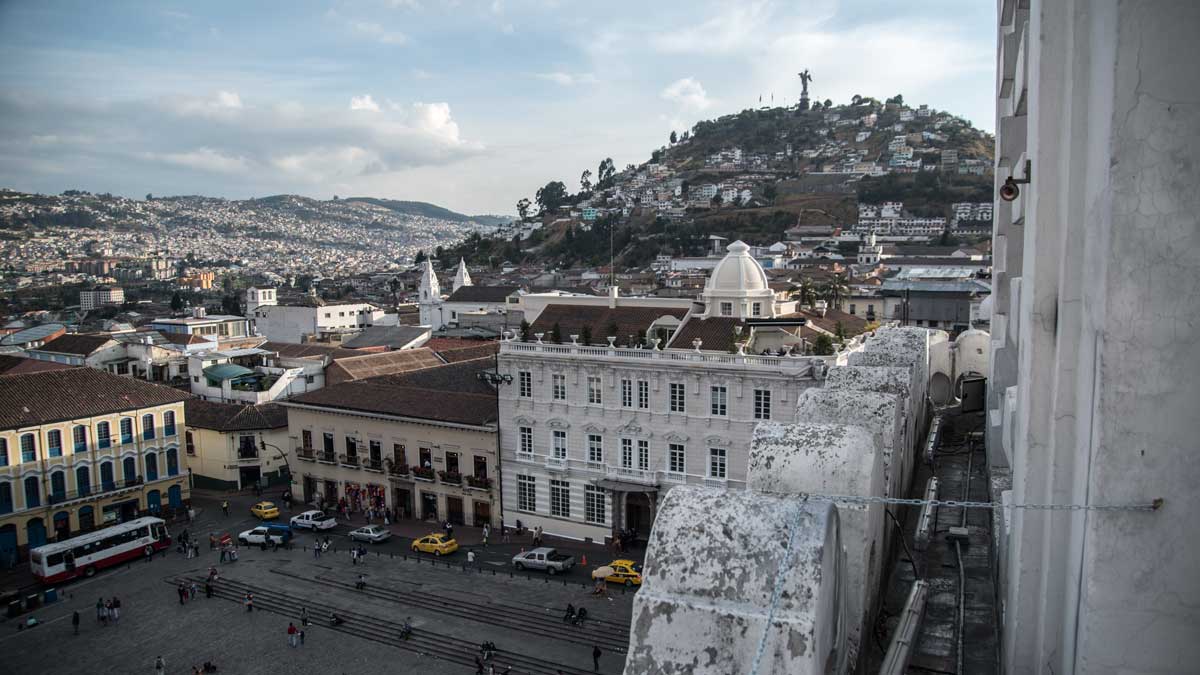

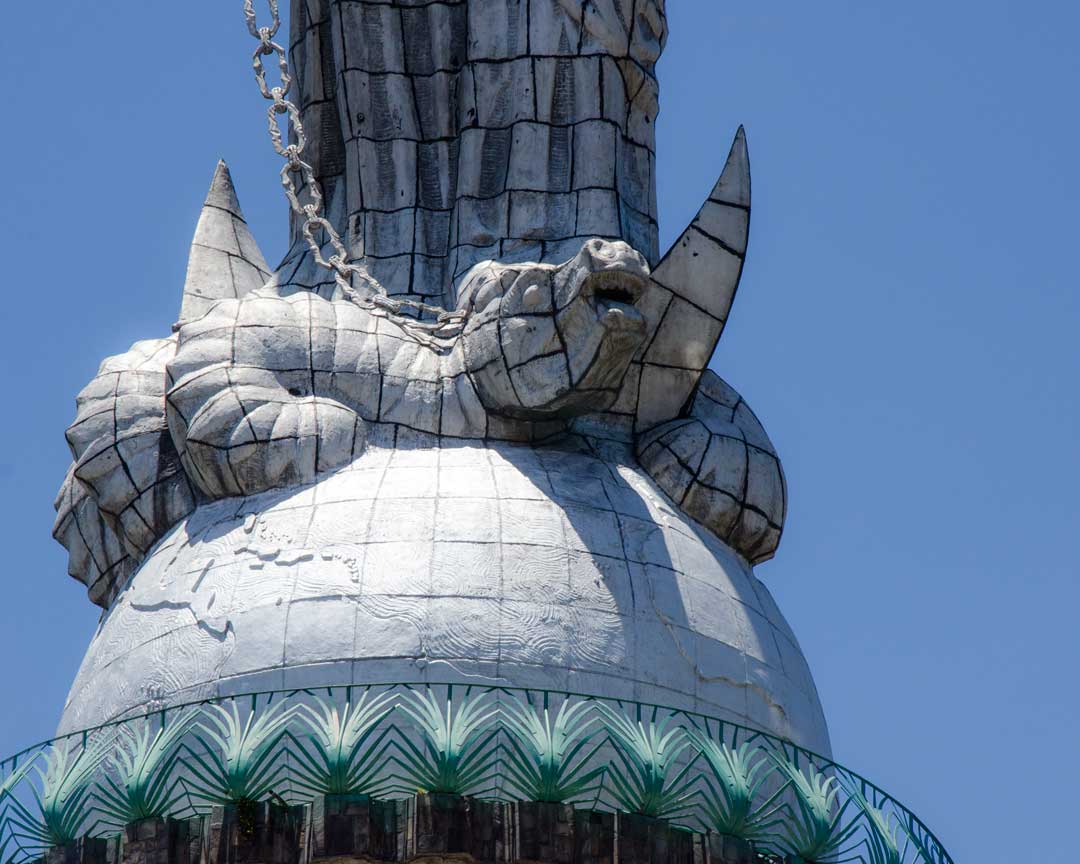
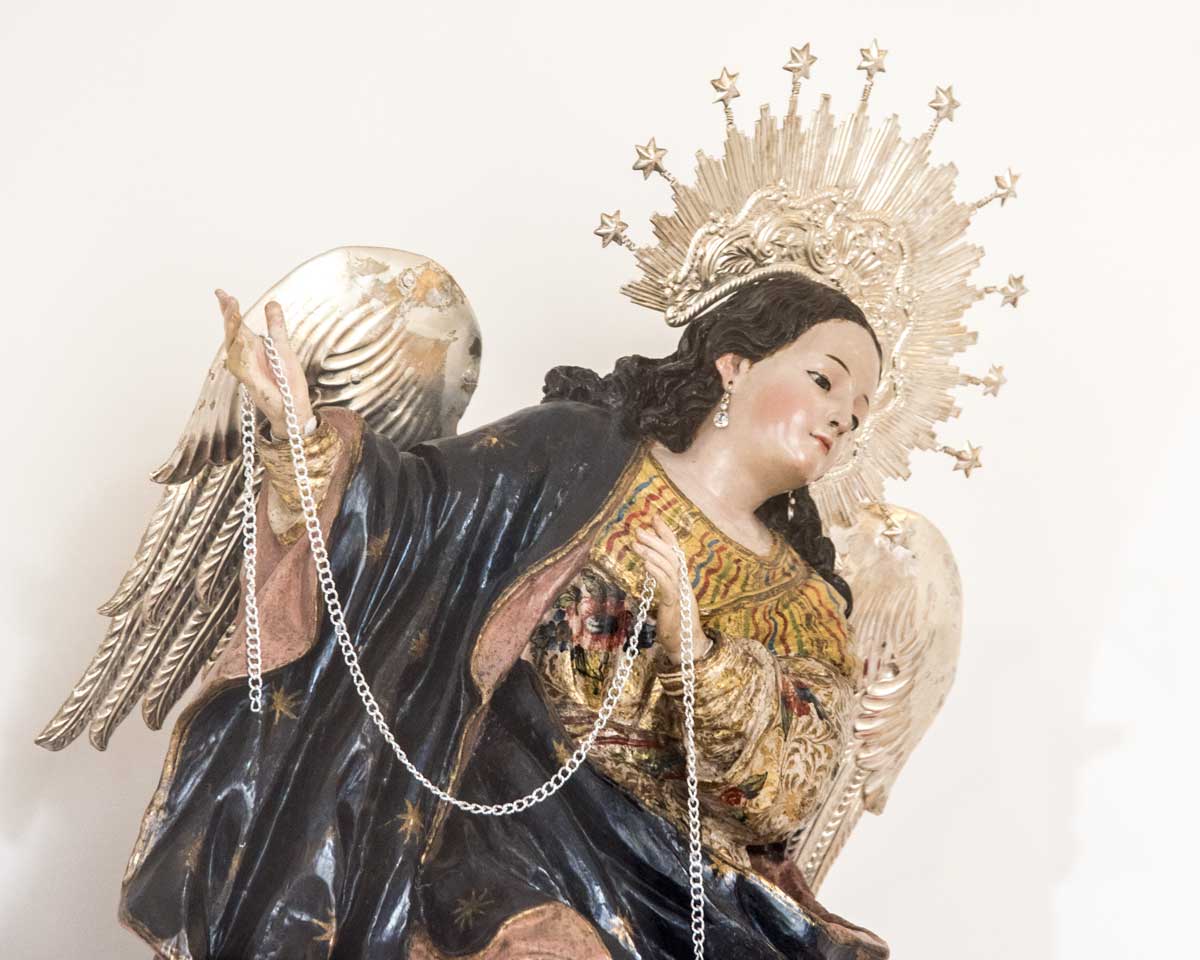



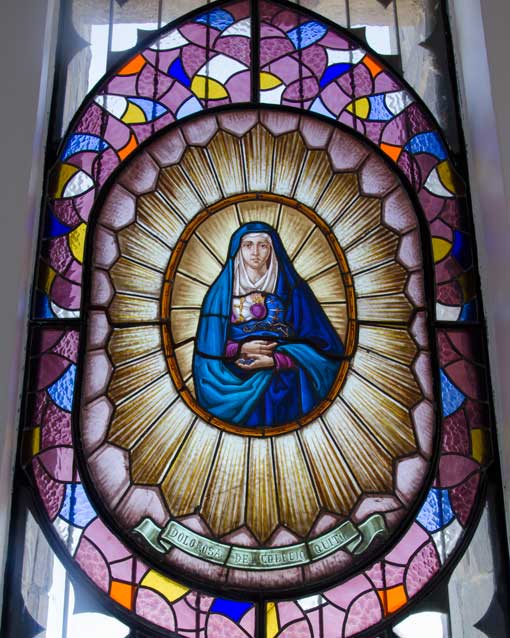


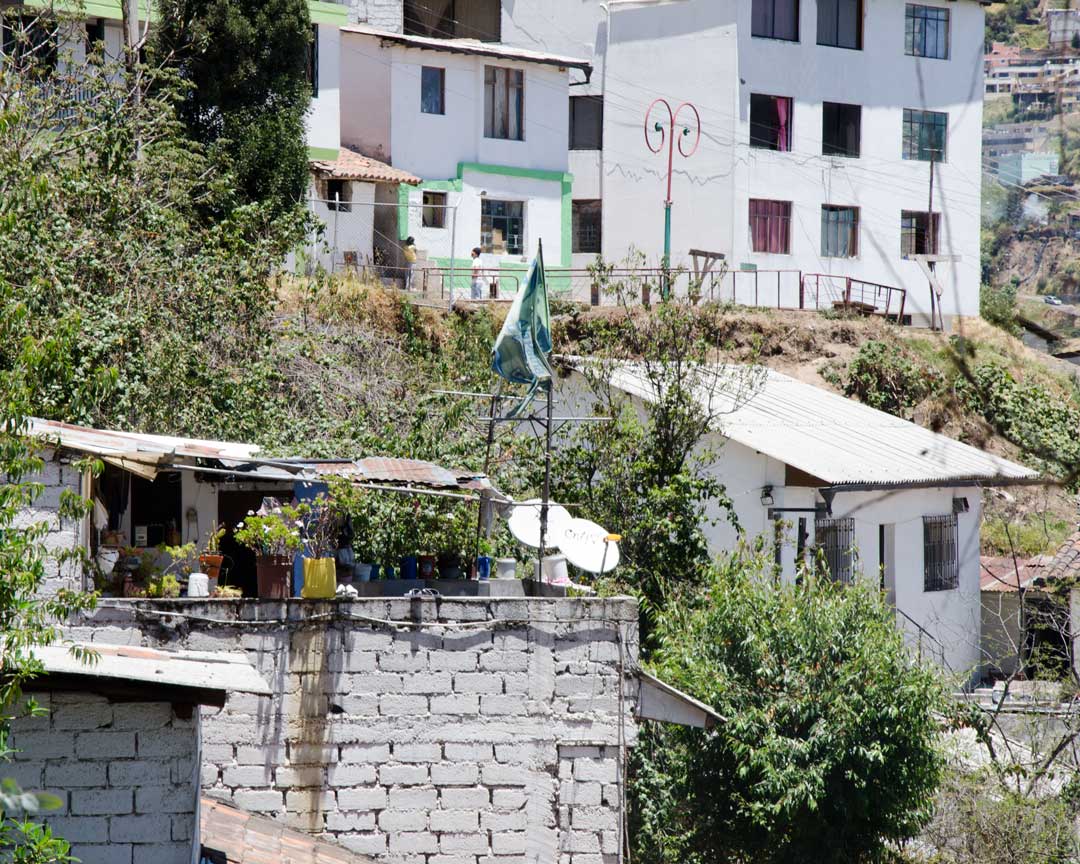
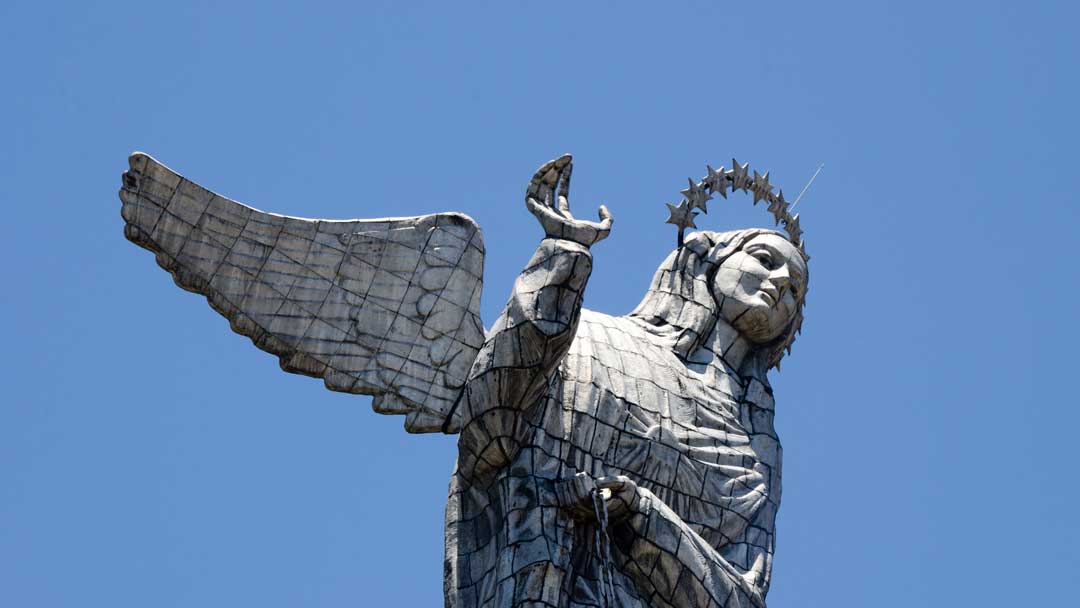

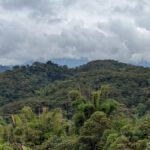





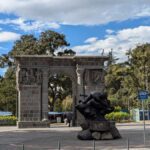



0 comentarios